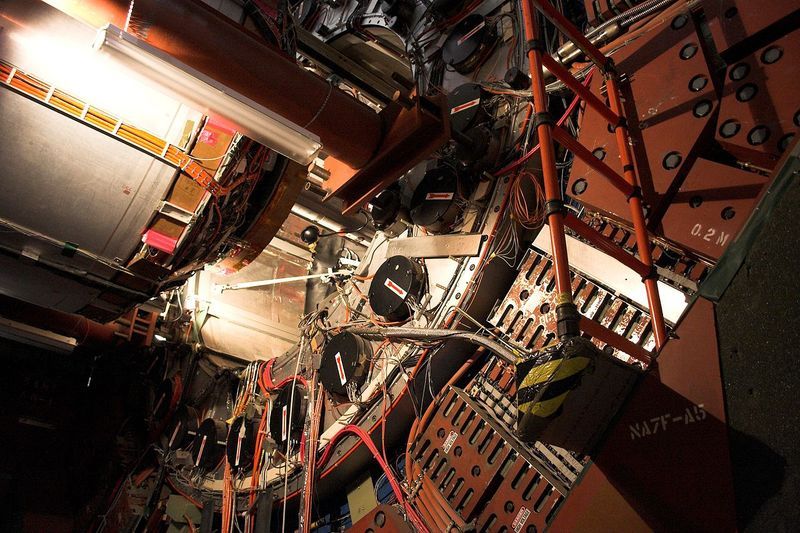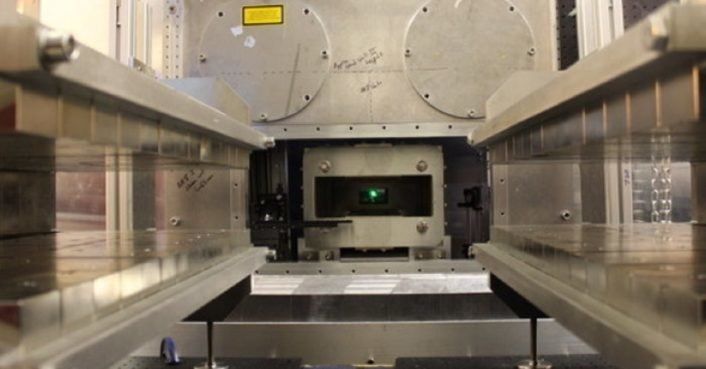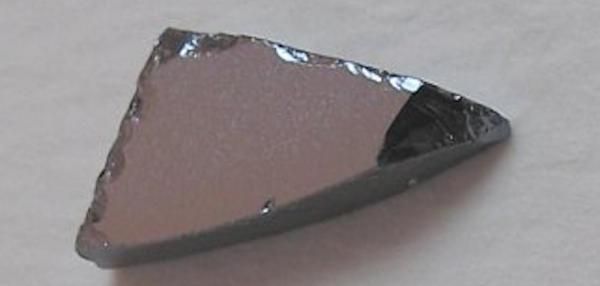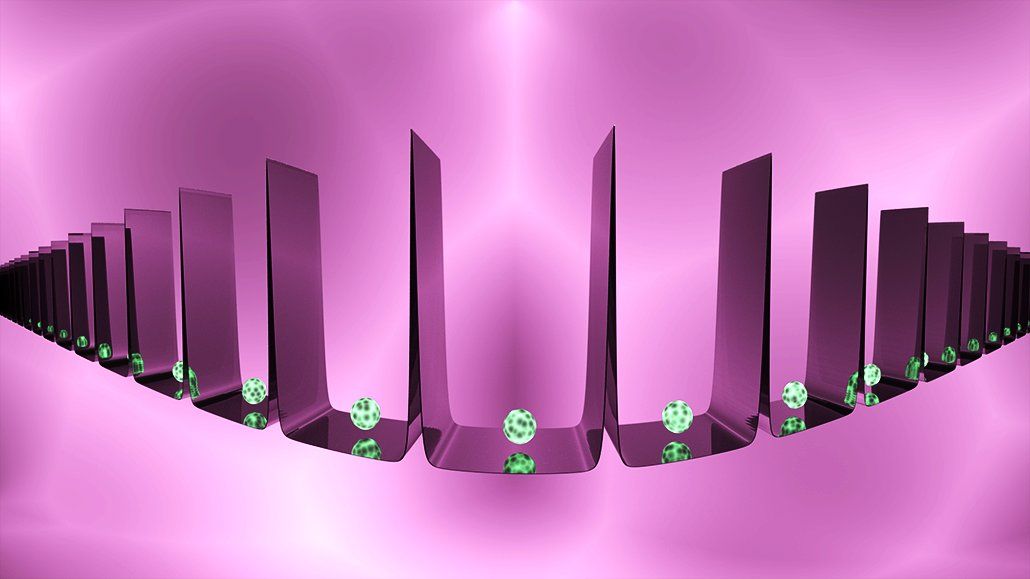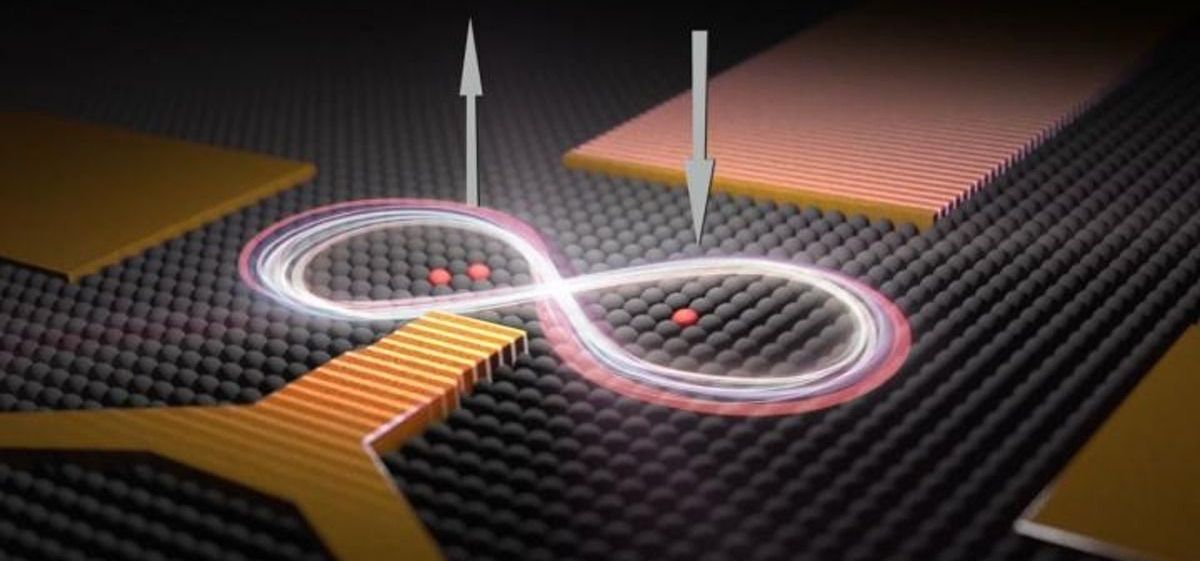Researchers from the School of Informatics, Computing, and Engineering are part of a group that has received a multi-million dollar grant from IUs’ Emerging Areas of Research program.
Amr Sabry, a professor of informatics and computing and the chair of the Department of Computer Science, and Alexander Gumennik, assistant professor of Intelligent Systems Engineering, are part of the “Center for Quantum Information Science and Engineering” initiative led by Gerardo Ortiz, a professor of physics in IU’s College of Arts and Sciences. The initiative will focus on harnessing the power of quantum entanglement, which is a theoretical phenomenon in which the quantum state of two or more particles have to be described in reference to one another even if the objects are spatially separated.
“Bringing together a unique group of physicists, computer scientists, and engineers to solve common problems in quantum sensing and computation positions IU at the vanguard of this struggle,” Gumennik said. “I believe that this unique implementation approach, enabling integration of individual quantum devices into a monolithic quantum computing circuit, is capable of taking the quantum information science and engineering to a qualitatively new level.”


